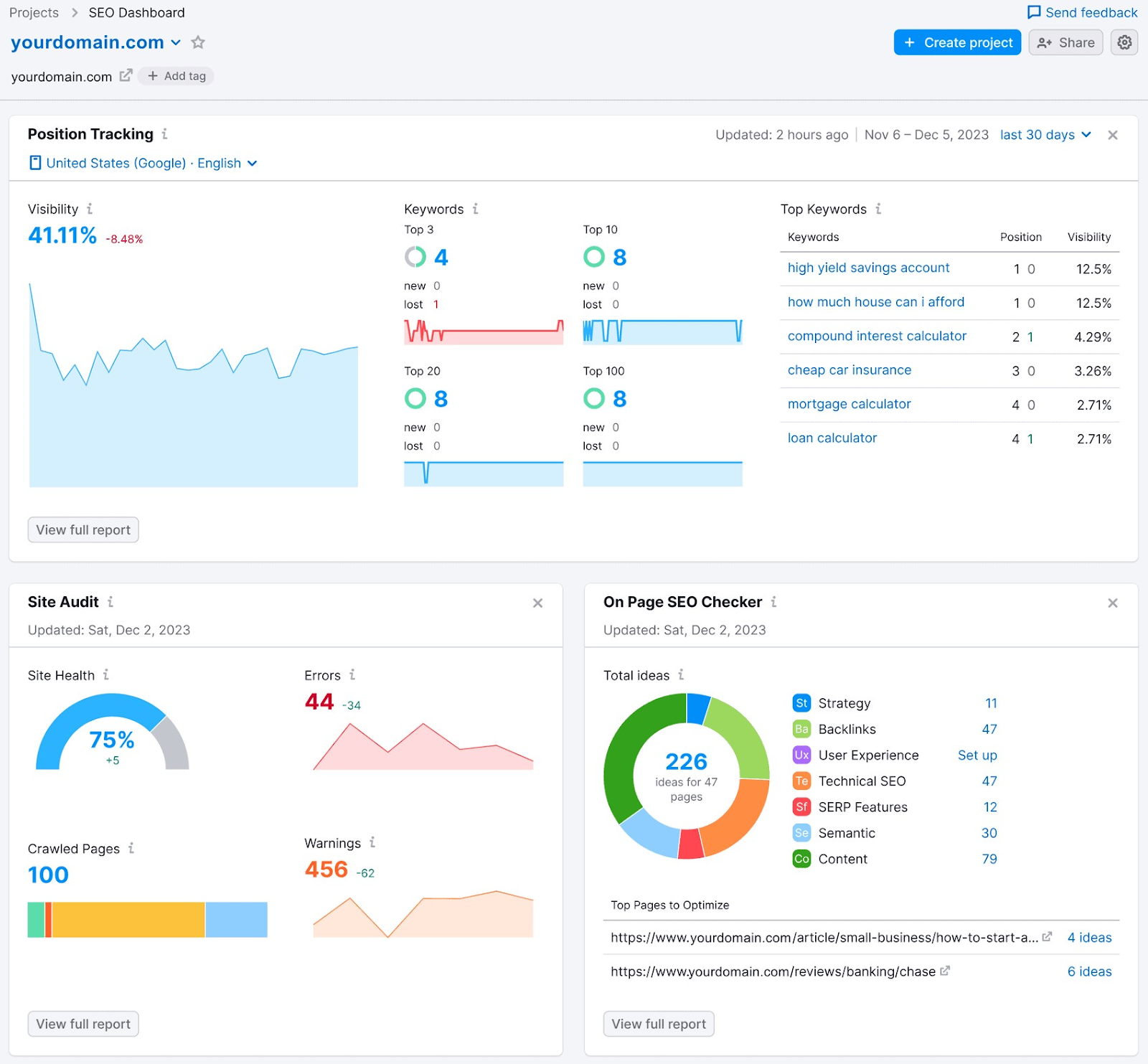Discover When Does the Google Analytics Tracking Code Send an Event Hit to Analytics and Why It Matters
Discover When Does the Google Analytics Tracking Code Send an Event Hit to Analytics and Why It Matters
Blog Article
Master Web Site Insights With Accurate Google Analytics Tracking Code
The reliable application of Google Analytics pivots on the specific execution of its tracking code, a basic step usually overlooked by web site owners. What are the usual risks that could threaten your tracking efforts, and how can you make sure accuracy in your technique?
Understanding Google Analytics Fundamentals
Google Analytics is a vital device for website proprietors and marketing professionals, providing vital insights into user habits and web site efficiency. At its core, Google Analytics gathers information regarding site visitors to a website, allowing customers to evaluate metrics such as traffic resources, individual involvement, and conversion prices. Understanding these basics is critical for enhancing a web site's performance and boosting user experience.
The system utilizes cookies to track communications, taping information such as page sights, session periods, and bounce prices. This details is accumulated and provided through customizable dashboards, enabling customers to picture fads gradually. Trick performance indications (KPIs) can be checked, such as the total variety of users, new versus returning visitors, and the geographical distribution of the target market.
Furthermore, Google Analytics uses division attributes, permitting individuals to isolate specific traffic sources or user demographics for more targeted evaluation. By understanding these fundamental elements, site proprietors can make informed decisions regarding material method, advertising projects, and overall website improvements. Eventually, understanding Google Analytics fundamentals is necessary for leveraging information to drive development and accomplish organization objectives efficiently.
Establishing Your Monitoring Code

Duplicate the supplied tracking code and paste it into the HTML of your site. Preferably, this code should be placed in the header section of every web page you wish to track. This makes sure that the tracking code tons before any type of various other material, enabling it to record information properly. There are plugins offered that simplify the integration process. if you are making use of a material monitoring system (CMS) like WordPress.
After setup, validate that the monitoring code is working correctly by utilizing Google Tag Assistant or the Real-Time records in Google Analytics - when does the google analytics tracking code send an event hit to analytics?. This step is necessary to verify that your data collection is active and accurate, setting the foundation for informative evaluation
Typical Tracking Code Issues
This might happen when the tracking code is placed in the incorrect area of the web site's HTML, commonly leading to incomplete or absent data. Furthermore, having numerous circumstances of the monitoring code on a single page can result in inflated metrics, as individual interactions may be counted more than once.
One more concern occurs from the usage of advertisement blockers, which can prevent the monitoring code from performing entirely, therefore skewing information. when does the google analytics tracking code send an event hit to analytics?. Moreover, failure to set up filters properly can bring about the exclusion of essential website traffic sources or the inclusion of unwanted reference spam, distorting the data collected
Site proprietors might additionally ignore the importance of tracking code updates, particularly when moving to Google Analytics 4 (GA4) from Universal Analytics. Last but not least, not enough screening prior to releasing changes can lead to undetected mistakes in the monitoring code, additionally complicating information integrity. Attending to these usual issues is essential for ensuring exact tracking and insightful analytics.
Analyzing Site Data Properly
Accurate data collection is only the initial action in leveraging Google Analytics; the genuine worth hinges on effectively examining that information to drive enlightened decision-making. To attain this, it is important to determine key efficiency indicators (KPIs) that straighten with your organization goals. Emphasis on metrics such as conversion rates, customer interaction, and web traffic resources, as these will supply insights right into user habits and the total performance of your site.
Using Google Analytics' segmentation features permits a deeper understanding of your target market. By damaging down information right into details demographics, actions, and traffic channels, you can uncover fads and patterns that educate targeted methods. Executing custom-made records and dashboards can streamline this process, enabling quick access to essential data.
Additionally, on a regular basis examining data patterns with time assists to recognize anomalies and possibilities for enhancement. Utilize visualization tools to existing data in a conveniently digestible style, assisting in more reliable communication with stakeholders. Eventually, the capacity to analyze site data successfully equips companies to make strategic choices that enhance user experience, maximize advertising and marketing efforts, and drive development.

Finest Practices for Accurate Monitoring
Applying efficient tracking techniques is vital for acquiring dependable information in Google Analytics. To make sure exact tracking, begin by correctly setting up the Google Analytics tracking code on every page of your web site. This can be accomplished with a tag manager or by straight embedding the code right into the HTML.
Following, configure your Google Analytics account to leave out interior traffic. This can be done by establishing up pop over here filters that determine and remove sees from your organization's IP address, consequently avoiding manipulated information. Additionally, make use of event tracking to keep an eye on details user communications, such as downloads or video clip plays, which standard page views might ignore.
Consistently investigate your monitoring setup to validate that all features, such as goals and ecommerce monitoring, are functioning correctly. Establish a regular naming convention for your events and projects to facilitate less complicated reporting and analysis.
Finally, consider leveraging UTM criteria for campaigns to get understandings right into the performance of various advertising and marketing initiatives. By adhering to these finest methods, you can enhance the precision of your information collection and analysis, ultimately causing even more educated decision-making for your internet site.
Verdict
By ensuring the monitoring code is correctly put and routinely audited, website owners can record important user communication information, thus promoting top article the recognition of essential performance signs. Inevitably, a robust monitoring structure enhances the capacity to drive involvement and enhance overall web site performance.

Inadequate screening before releasing adjustments can result in undetected mistakes in the monitoring code, even more complicating data reliability.Executing efficient monitoring methods is critical for getting trusted data in Google Analytics. By guaranteeing the tracking code is properly positioned and frequently investigated, website proprietors can record vital user communication information, hence facilitating the recognition of crucial efficiency indicators.
Report this page